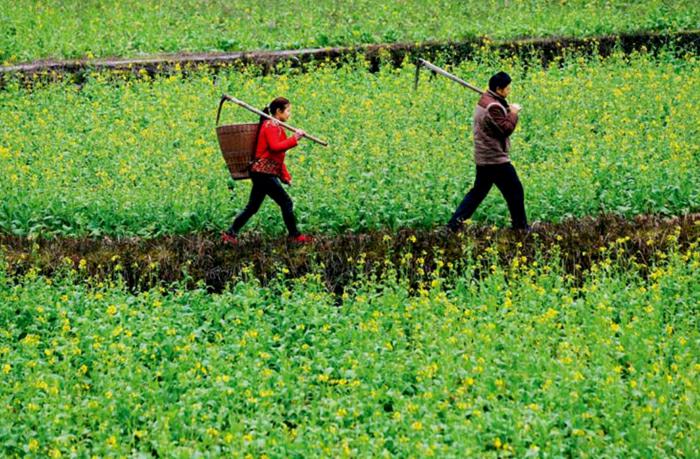News
2017-04-10
China, Australia to Boost Free Trade
February 7, Canberra: Chinese Foreign Minister Wang Yi shakes hands with his Australian counterpart Julie Bishop before the two countries 4th round of diplomatic and strategic dialogue.
After his meeting with Bishop, Wang told reporters that the two sides have agreed to boost free trade and make bilateral trade more diversified and sustainable. This year marks the 45th anniversary of the establishment of diplomatic relations between China and Australia. Lauding the China-Australia free trade agreement signed a year ago, Wang remarked that China expects joint efforts with Australia to prepare for high-level exchange and vowed to take a “firm stand” against protectionism.
Australia is committed to ensuring that free trade with China continues to expand, Bishop added. “At a time of economic transition and uncertainty around the world, Australia is reassuring China that we are a reliable partner and that we will continue to place strong trade and economic relationships as our highest priorities.”
Hard Goodbyes
February 7, Hefei, Anhui Province: A migrant worker tearfully bids farewell to his wife at the railway station. After a short reunion during the Spring Festival holiday, he must stay in the city to continue working while his wife has to return home to take care of children and seniors left behind there. The farewells after the Spring Festival family reunion are never easy, especially for migrant workers who are away from their families for most of the year.
During this years post-festival travel rush, some 11.5 million trips were made on Chinas railways, a year-on-year increase of 11.3 percent. To cope with the increased demand, Chinese rail authorities added additional trains to transport college students and migrant workers heading back to school and work.
Folk Performances for the Lantern Festival
February 11, Wuhan, Hubei Province: Performers present the fire dragon dance, part of the national intangible cultural heritage, to celebrate the Lantern Festival on the 15th day of the first Chinese lunar month. In 2017, that day fell on February 11.
China is a vast country with a long history and diverse cultures, so Lantern Festival customs and activities vary regionally, including lantern shows, appreciation of the bright full moon, fireworks, guessing lantern riddles, eating tangyuan (glutinous rice dumplings in sweet soup), lion dances, dragon dances, and walking on stilts.
Traditionally, the Lantern Festival marks the final day of the Spring Festival celebrations. After it, Chinese New Year taboos are no longer in effect and New Year decorations are taken down.
Rural Reform: A Priority for 2017
February 3, Xinhua, Chongqing Municipality: Farmers walk in the fields on Lichun Day, the first of the 24 solar terms in the Chinese lunar calendar, which marks the official beginning of spring.
Planning for the year traditionally starts with spring. This year, China will be committed to deepening supply-side structural reform in agriculture to cultivate new development engines for the sector, per the “No.1 Central Document” released on February 5. The document calls for improved infrastructure in agriculture, the promotion of “green” production, expanding the sectors industrial and value chain, boosting innovation, consolidating shared rural development and enhancing rural reform.
This year is the 14th in a row that the “No.1 Central Document” has focused on agriculture, farmers and rural areas. The “No.1 Central Document” is the term traditionally used to refer to the first policy statement released by the central authorities each year and is considered an indicator of policy priorities.